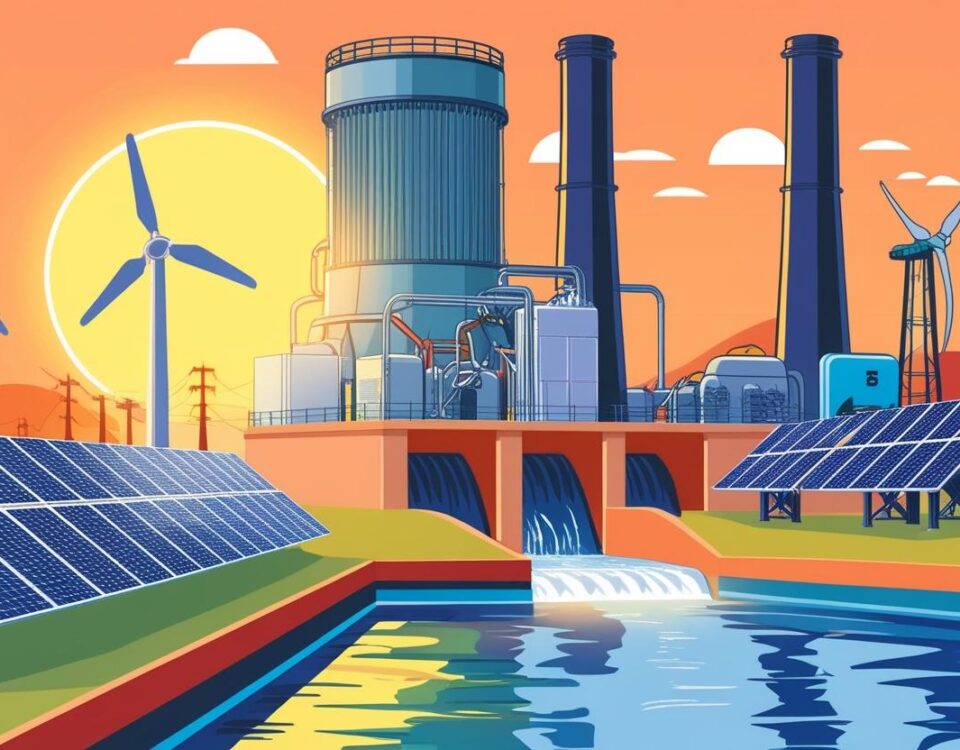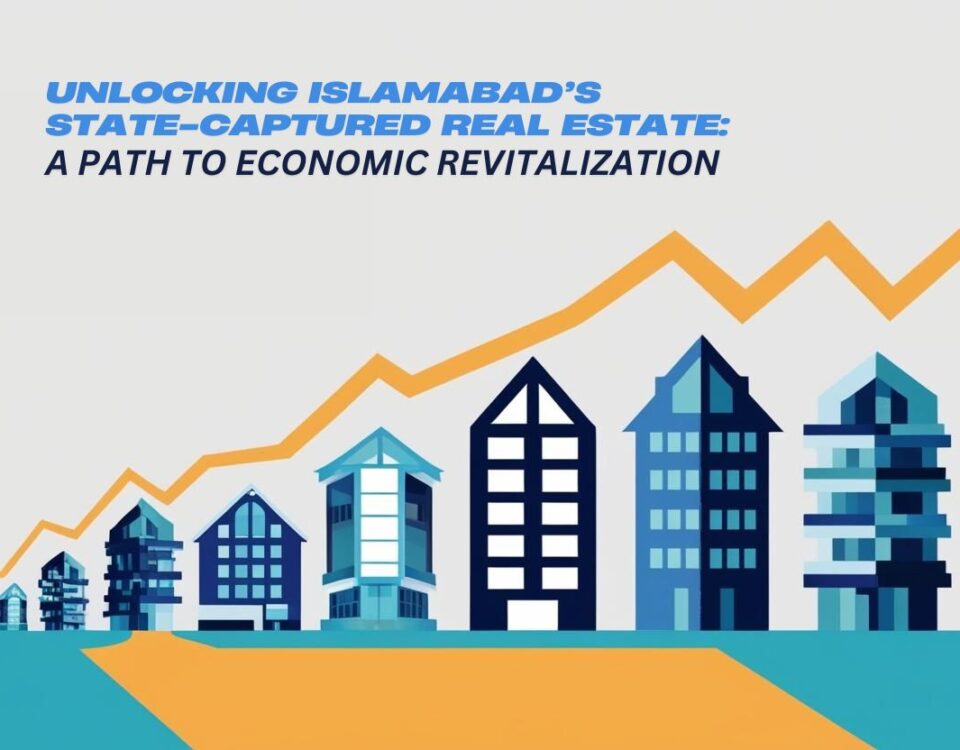Nadeem Ul Haque and Durre Nayab1
A “good childhood” is not just about ticking boxes like food, shelter, and education. It’s about creating an environment where kids can grow into well-rounded individuals who feel ready to take on the world. Think of it as setting up a trampoline: the stronger the foundation, the higher they’ll bounce.
The importance of having a good childhood is something that is among my ‘must-have list’. It was for this belief that I initiated research, and also had a whole session dedicated to the subject in the second EconFest2, while I was heading the Pakistan Institute of Development Economics. The motivation was to start a conversation on the topic, and to understand what having a good childhood actually entails.
This article dives into how education, physical infrastructure, and social connections can help kids thrive, all while poking a little fun at our collective overthinking.
Let’s face it: education is the Swiss army knife of childhood. It can open doors, spark passions, and even teach you how to spell “antidisestablishmentarianism.” But it’s time to move beyond boring textbooks and rote memorization. Howard Gardner’s theory of multiple intelligences says kids have more talents than just acing math tests. They might be great at painting, singing, or even noticing that their goat or cat looks sad today (naturalist intelligence, anyone?). By embracing these diverse strengths, we can help kids feel like superheroes discovering their own powers. A child who thrives in music class might one day compose the soundtrack to your favorite movie, while another with a knack for building might design the next great architectural wonder. It’s all about planting seeds and watching them grow.
Life isn’t all about test scores, either. Grit, resilience, and emotional intelligence are like the secret menu items at a fancy restaurant—absolutely essential. These skills help kids recover from setbacks (like realizing their tower of blocks just collapsed) and figure out how to keep going. After all, isn’t perseverance just learning to fail better? Imagine a kid who learns to bounce back after losing a cricket game or botching a school quiz contest—these moments build character. By cultivating these traits, we’re raising problem-solvers who can navigate life’s inevitable curveballs with humor and grace.
Play is also rocket fuel for curiosity and problem-solving. Whether they’re building Lego castles or pretending to be astronauts, kids learn by doing. Plus, it’s way more fun than memorizing multiplication tables. (No offense, multiplication.) Remember the joy of digging a hole in the backyard because you were convinced, you’d reach your favorite aunt’s place? That’s the kind of unstructured play that sparks creativity and builds problem-solving skills. And education should be like a great mystery novel—something you never want to put down. By teaching kids how to think, not just what to think, we’re setting them up for a lifetime of learning. And who doesn’t want a world full of adults who still wonder why the sky is blue?
Where kids grow up matters. Give them the right spaces, and they’ll flourish. Neglect these spaces, and, well, you’ll have a lot of bored kids staring at their phones. Parks, playgrounds, and community centers aren’t just for burning energy—they’re where kids learn how to take risks, make friends, and maybe even try the monkey bars upside down. These spaces are mini laboratories for life skills. A kid negotiating turns on the swing set is practicing communication and empathy. More importantly a kid playing on teams in an organized setup is learning the most important lessons:
- Life is s set of competitions that must be played and winning and losing both will happen.
- The most of their life will be collaborative effort for which they must learn compromise and negotiation.
- The values of competition and collaboration (hard work, leadership, trust honesty etc cannot be covered merely in school. Activities in public spaces are very important to make that happen.
And let’s not overcomplicate this: kids need food, clothes, safety, and a place to sleep. When these basics are covered, they can focus on dreaming big instead of just surviving. Think of it as Maslow’s hierarchy of needs, but with fewer triangles and more candies.
Most kids in Pakistan have no private space to reflect read or do their homework. Without community centres and libraries, everything happens in a chaotic and disorganised street. A library is not merely about borrowing books as most people think. It is a space for doing your work, organizing activities, pursuing your interests in learning. A good library provides kids with workspace, internet, auditoriums meeting room etc. Or libraires are combined with community centres.
Of course, we need to go beyond physical infrastructure. There must be social infrastructure as well. Community resources (volunteers, fee-based teachers with tax financed equipment) should be mobilised to organize local competitions as well as learning of various skills and activities. Our sports associations which have become fossilized bodies for international travel and local rents need to be charged with funding local community games with parental involvement for making children whole and eventually finding champions.
No kid is an island. Relationships and communities are the glue that holds childhood together. Kids thrive when they feel loved and supported. Whether it’s a parent cheering at their game or a teacher noticing their knack for storytelling, these relationships are the foundation for confidence and ambition. Feeling connected to your culture and community is like having a GPS for your identity.
When kids are included in decisions, they feel valued. Let them vote on what to name the house pet or design their own science fair projects. It’s a small step toward showing them that their opinions matter—and that they can shape the world around them. And let’s not forget mental health—kids deal with pressure, too, whether it’s from school, friendships, or trying to master the latest TikTok dance. Schools and communities need to prioritize mental health support so kids can tackle challenges with confidence—and maybe even a little humor. Picture a school where mindfulness breaks are as normal as math class, and you’ll see kids better equipped to handle stress.
Not to be a downer, but a lot of kids aren’t happy. Rising costs, academic stress, and lack of community support and infrastructure don’t help. It’s clear we need to do better. For starters, let’s tackle child poverty. Free school meals for the under-privileged, and community programs can level the playing field. Schools, and parents for that matter, can ease academic pressure by focusing on well-being, not just grades.
A good childhood isn’t about perfection—it’s about possibility. By giving kids the tools, spaces, and support they need, we’re not just helping them succeed, we’re helping them dream bigger, laugh louder, and grow into the kind of adults who make the world a better place. And isn’t that the whole point?
- Nadeem Ul Haque, renowned economist, and Durre Nayab, leading demographer, now directors at the new think tank, Socioeconomic Insights and Analytics (SIA), Islamabad ↩︎
- Watch the session here: https://youtu.be/zw7OA3QwIKQ?si=gpjiMg4tGXshpzqu ↩︎





